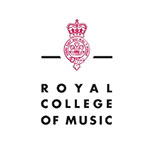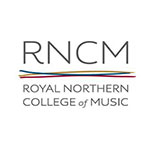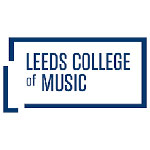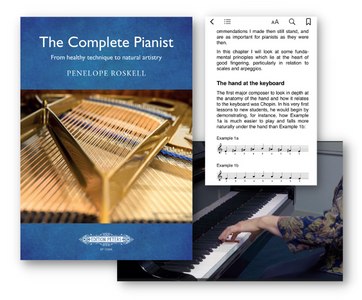The main causative factors in musicians injuries are:Intense practice
+ Long hours of practice without adequate breaks leads to exhausted muscles which then tighten and lose their ability to play even for short periods without pain. The muscles lose reflex speed, this in turn results in poor performances.
Intense rehearsals
+ Intense rehearsals will often trigger
symptoms. Muscles get tired, stiff and painful. underlying injuries become aggravated. There are various' killer' composers out there. Long operas, Rachmaninov with wide stretches for octaves on the piano, Takemitsu with his chromatic and complex syncopatory patterns. Taverner with his long sustenatos for the violin. Session musicians having to repeat the same passage many times over.
Difficult repertoire
+ When a musician attempts to play a new piece of music they have to push beyond previous limits. Composers have their own ways of playing their particular instrument and, thus their compositions can require playing techniques which are alien to the student.
Poor quality instruments
+ Poor instrument quality and set-up will create difficulties. When we are learning an instrument we will soon get to the limits of a poor instrument. The student will often blame themselves rather than
realize that their instrument is holding them back. Strain of muscles and joints can ensue whilst perfecting the performance.
Long, late night journeys
+ Exhaustion, illnesses, muscle fatigue are to be avoided so planning trips is essential to ensure comfort and rest.
Poor furnishings at home
+ Slumping into deep sofas is very detrimental to the spine. especially if the musician can play their instrument whilst seated e.g. guitar.
Cold weather
+ Muscles and joints do not like the cold. They tighten and stiffen and become more prone to strain and fatigue.
Falls and sprains
+ Such injuries can take a long time to repair themselves. Remnants of childhood sprains and fractures can persist into adulthood. They are very influential and constitute 'weak' areas.
Dehydration
+ We are almost all water, muscles especially. If we go without H20 for around 4 days we die! We are like a plant which needs watering daily or it droops. Our brain is the most needy of hydration, without it we become slow and dumb,
energy less and dissolute.
Wrong exercises
+ Physios' and trainers can often give damaging exercises. Their knowledge is only partial, their therapy too
standardized. They interpret 'weakness' with proneness to injury and 'strength with' immunity from injury. Thus they go about strengthening 'weak
'areas and make the already tense muscles causing the symptom even tenser. The answer is to determine the tone of the muscles involved using experienced palpation, then softening and lengthening them.
Poor playing technique
+ When we first begin playing an instrument it is usually at a young age, anywhere from 3 years old to 18, peaking at around 8 years and 14 years of age. When we first start we are tense and confused. As we become more accustomed we free-up and relax our grip more. However some of those childhood tension patterns can persist as either habit and/or muscle tension patterns in the hands and forearms. Those persistent patterns will limit our performance abilities later on.
Poor eyesight and dyslexia
+ You need good eyesight and lighting to read music. In cases of dyslexia notes can become jumbled thus proving difficult to read and even more difficult to play and learn. Try larger print. A pink or light blue background will also help.
Heavy equipment
+ Lifting and carrying heavy equipment causes tendon and ligament strain. Guitar amplifiers are a good example of what to avoid carrying. Drum sets too. Get help from some nearby Hercules if possible. Don't be macho.
Your brain
+ While most activities we do use only a few areas of our brains at one time, playing a musical instrument energetically fires off millions of nerve impulses, and creates new brain cells.
Recently, brain researchers monitored people hooked up to fMRI's, functional magnetic resonance imaging scanners, and PET, positron emission technology scanners, while they performed various activities. When participants listened to music, the researchers likened the effect to watching fireworks go off over the entire brain, a different area firing in response to different elements in the music. Some parts of the brain responded to the melody, others to the rhythm, and other parts seemed to isolate, and respond to, random musical patterns - such as improvised guitar riff solos. Then, the brain seemed to synthesize all the different parts into a unified musical event. Remarkably, the brain performs all these tasks in the first few seconds the listener perceives the music. A split second later, the listener has the melody and rhythm of the music down and is tapping their toe or fingers, swaying their head, or dancing along to it. But, when the researchers studied people actually playing musical instruments, many more areas of the brain lit up, as if a symphony of brain lights were playing in amazingly fast sequences. Both hemispheres perform a kind of "ping pong game" of message relaying back and forth between them to accomplish the activity. So, when you first start playing a musical instrument, your brain starts to create a whole new network of nerve pathways to be used for messaging between each hemisphere. This actually increases, and strengthens, the brain's corpus callosum, the "bridge" between the two hemispheres. The more you practice playing a musical instrument, the more skilled you become at solving other problems in academic and social settings. In addition, because playing an instrument also involves understanding music's emotional content and message, your brain must further develop its higher, executive functions. This includes interlinking the tasks ofplanning, strategizing, attention to detail, cognitive and emotional skills. These same skills also help all memory functions. The researchers also found that musicians develop particularly enhanced memory skills. They found that most musicians have the ability to create, store and retrieve memories more easily.They are subconsciously able to assign "tags" to bits of memory such as contextual, audio,and emotional. In addition, guitarists, in general, seem to have specific intuitive perceptual capabilities that other musicians may not. In a 2012 study out of Berlin , researchers found that 12 pairs of guitarists could subconsciously "brain synch" with each other just prior to playing their designated music. They intuitively knew, it seemed, what the other guitarist would play. In summary, playing an instrument greatly increases your brain's overall functioning and health in general. It encourages, and strengthens, the connection between the 2 sides of your brain and their relay of messages. So, the more you play, the more "plastic", or capable of growth, in cognition, perception, detail and spatial orientation, your brain becomes. In short, playing an instrument makes you smarter and keeps your brain cells energetically developing and firing. So,go get out your instrument and turn those brain lights on! Child development
+ Rhythm and melody create the foundations for mental activity later in life - watch this:
|
Whether it is your low back, ankle, sciatica, strained neck, repetitive strain disorder, the knuckle on your left little finger or simply tired, tight muscles almost anywhere affecting you, call Paul and make an appointment, or if you simply wish to discuss a problem please give him a call or text right now.
- Treatment sessions last 45 minutes to one hour.
- Fees are £120 for the initial consultation and treatment.
- £90 for subsequent sessions of 45-60 minutes.
- 30 minute sessions are £60 and are available where appropriate for your condition.
- Discounts are given to the low paid, pensioners and students.
Your first one hour session of treatment consists of:
-
15 minute case history
-
Physical examination
-
Correlation of tension patterns with instrument playing technique
-
Treatment of the affected muscles, tendons and joints involved using an arsenal of techniques including stretching myo-articulation, muscles softening using deep micro and macro massage, joint ligament stretching and
mobilization.
-
The areas most commonly needing attention are the hand, forearms, upper arms, shoulders, upper ribcage, neck and postural
asymmetries.
How many treatment sessions will I need and over what period of time?
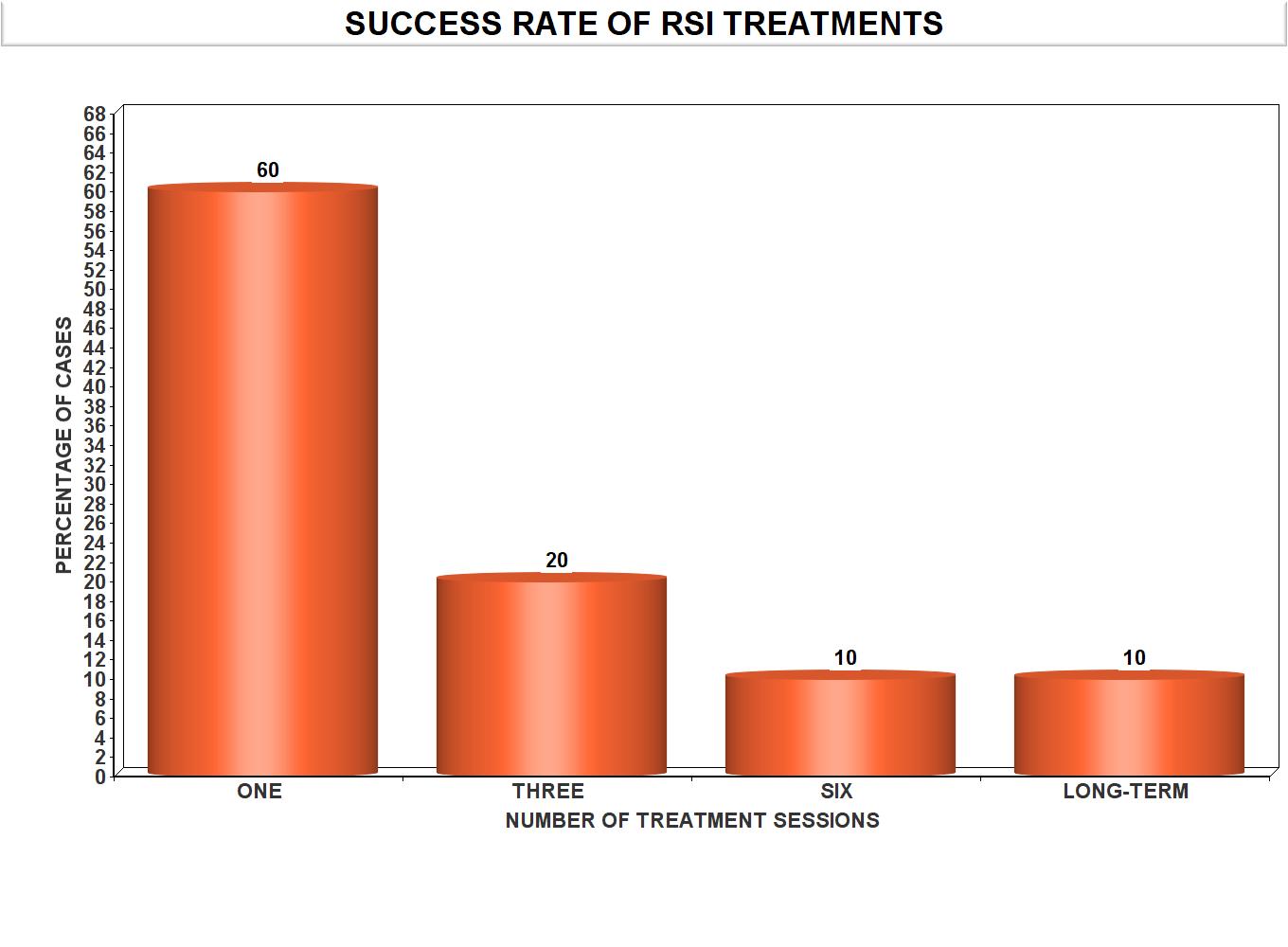
|
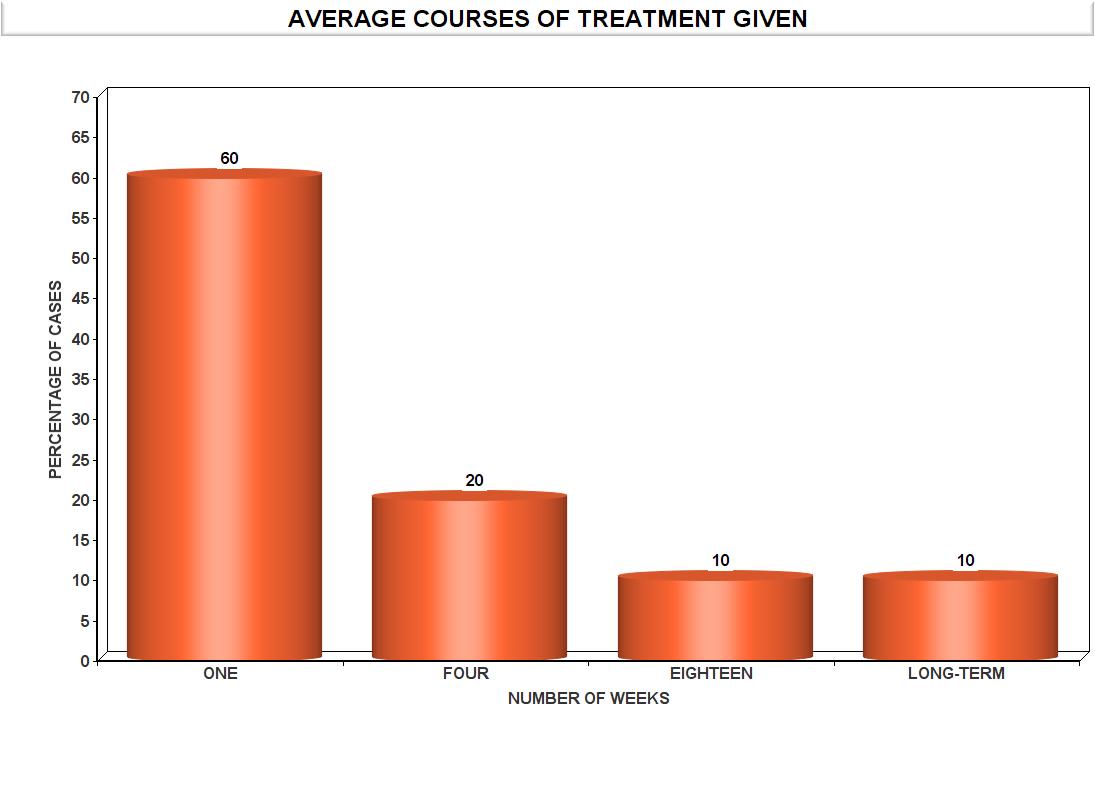
|
What are the most common conditions affecting musicians?
I divide the conditions into three types:
1. Hypertonus
2. Contracture
3. Hypotonus
What is hypertonus?
Hypertonus occurs when a muscle is overused. The deep muscles tend to suffer from this state more than the superficial muscles. Once hypertonic the muscles do not relax, the nervous system and intrinsic metabolic mechanisms within the muscles are now programmed to retain their tension (resting tone). This produces fatigue, aching and pain.What is muscle contracture?
Muscle contracture is an abnormal shortening of muscle tissue, rendering the muscle highly resistant to stretching. This state will limit joint movement and produce many other symptoms such as pseudo-carpal tunnel, weakness and loss of co-ordination.What is muscle hypotonus?
Muscle hypotonus is a weakening of the muscle strength and loss of the bulk of the muscle. Sometimes hypertonus in one set of muscles is contributing to the hypotonus of the opposing muscles and vice-versa. For example hypertonic deep forearm flexors may exist in conjunction with weak, hypotonic extensor muscles.How do I know if I have RSI?
Most RSI begins gradually over weeks, months or years. A lot of mis-diagnosis occurs when clinicians are faced with cases of RSI. The symptoms and severity can vary wildly from one person to another. They often see the result and not the cause. At its most severe it can cause the following conditions:-
What are carpal tunnel and cubital tunnel syndromes?
Hypertonus of the hand and forearm muscles affects the nerve supply to the fingers and hand producing pins and needles and numbness.
-
What is Tenosynovitis?
Tenosynovitis is a painful inflammation and swelling of one or more of the muscles and tendons of the forearm.
-
What is Tendinitis?
Tendinitis is used more loosely to classify pain, tenderness and mild inflammation of the forearm tendons.
-
What is Thenar eminence syndrome?
Thenar eminence syndrome affects the thumb muscles. They become hypertonic, tight preventing spread of hand and tend to produce a tendinitis of the muscle and tendon of the brachio-radialis muscle (De Quervains tendinitis).
-
What is Osteo-arthritis?
Osteo-arthritis of the wrist and finger joints can develop following fractures, sprains and long term hypertonus. Movement is always required to lubricate the joints, thus a soft tissue restriction to a full range of joint movement can result in osteo-arthritic changes.
-
What is Dystonia?
Dystonia experts estimate that 1-2% of professional musicians are affected by dystonia, but there are likely large numbers of musicians living with symptoms who remain unidentified. Almost all individuals with musician’s dystonia are classically trained, and most are male. The first signs of musician’s dystonia are lapses in the usually instinctive ability to perform on the instrument. Musicians may perceive the early symptoms of dystonia as a result of faulty technique or insufficient preparation. Musician’s dystonia is triggered by playing the instrument and does not typically affect other activities.
-
What is Thoracic outlet syndrome?
Thoracic outlet syndrome affects the nerve supply to the arm producing pins and needles and numbness in the hand and fingers. This is quite a severe name for a very common and often transient condition. Most of us will have experienced nerve symptoms especially when waking after a long sleep. Nerves are very sensitive to pressure. The shoulder area and upper ribcage must be released of its tension and the ribcage should be mobilized manually.
What are the main symptoms of RSI?
- Pain, aching or tenderness
- Stiffness
- Throbbing
- Tingling or numbness
- Weakness
- Cramp
How is RSI caused?
The main cause of RSI is overuse. RSI can be defined as using a muscle or group of muscles until they tire. If repeated the deep muscles gradually tighten and lose strength and functionality.Is RSI curable? Will it go away?
The simple answer is an emphatic yes. But you must find the right treatment for it. Some milder conditions can be kept at bay by the sufferer if they know how to stretch the muscles and adjust their playing technique accordingly. Sometimes it can come and go all by itself depending on the initial aggravation, for example an exceptionally difficult piece of music plus lengthy rehearsals. Because it was caused by unusual demands, it will probably die down after some rest.Warning: please do not be disheartened by the many scare stories and ignorant diagnoses that you may have heard regarding RSI. There is hope!
I have had many recommendations from institutions, tutors and students from all over the world.


